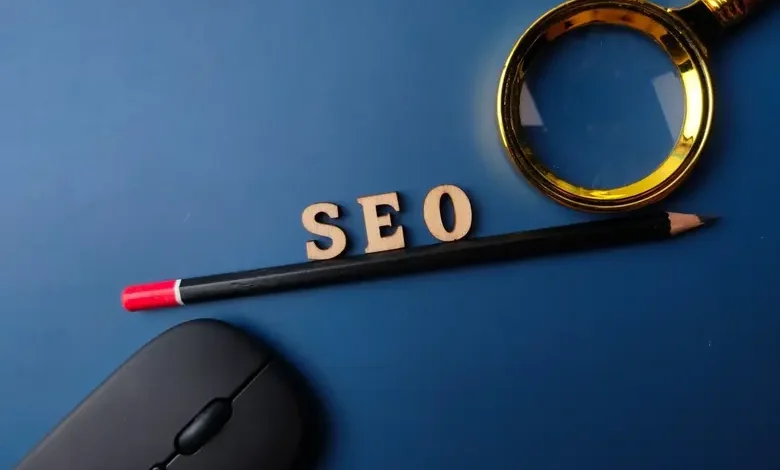SEO in the Age of Zero-Click Results: What Still Works in 2025

Search, but don’t Click: Welcome to the new normal.
By now, you’ve probably seen it in action: You Google something, and boom. The answer’s already there. No click needed.
Welcome to zero-click search. With AI-generated summaries, featured snippets, and Google’s Search Generative Experience (SGE) dominating the top of search results, more people are finding what they need without ever leaving the SERP.
According to SEMrush and SparkToro, over 57% of searches in 2024 resulted in zero clicks. And that number is only climbing as search engines become answer engines.
So where does that leave your SEO strategy?
Is content still worth creating?
Does UX still matter if no one’s “landing” on your page?
Short answer: Yes. But you need to adapt.
Here’s what still works, and how to stay visible and valuable even in a zero-click world.
The Rise of Zero-Click: What Changed
Zero-click isn’t just a side effect of smarter search. It’s the direction search engines are actively moving in.
Let’s break down why:
- AI-generated answers (SGE) sit at the very top of many results pages
- Featured snippets extract and display clear blocks of text. No click needed
- People Also Ask boxes and carousels provide follow-up questions inline
- Knowledge panels, maps, and product info all surface instantly for branded queries
In most cases, the user gets enough to answer their questions right there. Which means if your only SEO strategy is “rank and click,” you’re already behind.
Structured Content Is Your New Superpower
Here’s what the algorithms still rely on: structure.
Content that’s clean, scannable, and well-organized is more likely to be featured, surfaced, and cited by AI and SGE systems.
Some practical wins:
- Use clear H1–H3 hierarchy: If your subheadings are vague or missing, search engines struggle to parse your content
- Implement schema markup: FAQ, How-To, Article, Review — they all help Google understand your content’s purpose
- Format key info as:
- Bullet points
- Numbered steps
- Short answer paragraphs
- Tables or charts (when useful)
This isn’t keyword stuffing. It’s about helping systems (and humans) digest what you’re saying, fast. And yes, this is very much part of your Content Strategy.
UX Writing and Page Structure Now Impact SEO
Search engines don’t just crawl content; they assess how usable that content feels.
Think of your content like a product. If users bounce because it’s cluttered, slow, or hard to scan, that hurts rankings.
Strong SEO strategy now means:
- Writing for scanners: Short paragraphs, bolded takeaways, real subheadings
- Adding jump links or a table of contents to help users navigate quickly
- Prioritizing mobile readability: Not just mobile responsiveness
- Using layout elements (pull quotes, cards, accordions) to surface layered content without overwhelming
This is where SEO and UI/UX Design fully overlap. If your page doesn’t feel usable, it won’t rank well. Even if the content is strong.
What Still Works in SEO Strategy 2025
Even in a zero-click landscape, search isn’t useless. In fact, it’s more strategic than ever.
Here’s what’s still delivering value:
1. Own the snippet
Write with featured snippets in mind. Use simple, clear definitions or how-to steps for common questions.
2. Build content clusters
One-off articles don’t cut it anymore. Interconnected hubs (pillar + subpages) help establish topic authority and increase visibility across search variants.
3. Optimize for branded search
If users are Googling your name or product, make sure what shows up is accurate, rich, and well-structured. Even if it’s not your website.
4. Leverage on-site search
A growing portion of users go straight to your site’s internal search. Make it fast and usable. It’s one of the most underutilized SEO tools you can control.
5. Build E-E-A-T
Demonstrate real experience, expertise, authority, and trustworthiness. This means:
- Author bios with credentials
- Cited sources (yes, even for blog posts)
- Specific examples over generic tips
- Content written by humans, for humans
SEO Strategy isn’t just about search volume anymore. It needs clarity, trust, and real-world usefulness.
Design for Discovery, Not Just Clicks
There’s still a place for beautifully designed landing pages. But they need to be built for engagement, not just traffic.
Even if your content is used as part of an AI-generated answer, the experience you offer once someone clicks through needs to hold up.
This means:
- Load speed is fast
- Content loads before design elements (don’t bury value in load-lag)
- Mobile experience is clean and finger-friendly
- Your page gives users more than what Google already showed them
If your page is just a rehash of what’s in the SERP, the visit won’t last. If it goes deeper with visuals, tools, context, or opinions, that’s where trust builds.
SEO Has Evolved. Your Strategy Should, Too.
Search has changed. Users aren’t clicking the way they used to. But visibility and trust still matter. And structured, usable, quality content still works.
Think less about traffic and more about touchpoints.
Your content is still reaching users, just in new ways. AI models cite you. Snippets paraphrase you. People bookmark you. All without hitting “visit site.”
In 2025, the winners in SEO will be those who design for visibility and usability.
- Structured content.
- Thoughtful UX.
- Real expertise.
- Clear intent.
That’s what builds authority, whether you get the click or not.






